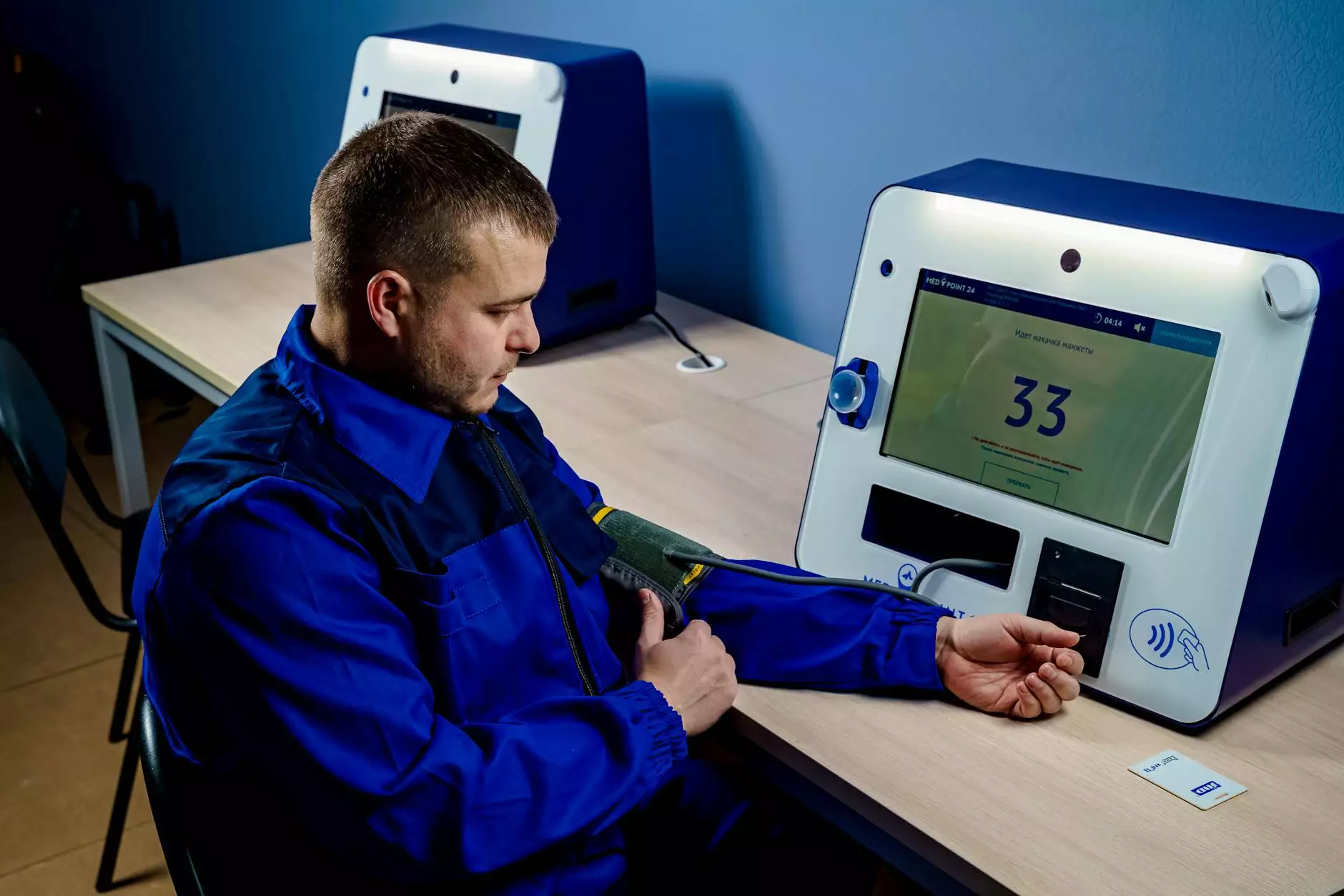Pain During External Rotation of the Shoulder: An In-Depth Exploration

Experiencing pain during external rotation of the shoulder can be a frustrating and limiting condition that affects a wide range of individuals. Whether you are an athlete, a desk worker, or an active individual, understanding the intricacies of this issue is crucial. In this article, we will delve into the details surrounding the causes, treatments, and effective strategies for managing this pain to enhance your overall health and functionality.
Understanding the Anatomy of the Shoulder
The shoulder is one of the most complex joints in the human body, comprising bones, muscles, tendons, and ligaments. The three main bones that form the shoulder joint are:
- Humerus: The upper arm bone.
- Scapula: Also known as the shoulder blade.
- Clavicle: Commonly referred to as the collarbone.
These bones work together to allow for a broad range of motion, making the shoulder joint highly mobile but also susceptible to injuries and conditions like pain during external rotation.
Common Causes of Pain During External Rotation
Pain in the shoulder when performing external rotation can stem from various underlying issues. Some common causes include:
- Rotator Cuff Injuries: The rotator cuff comprises four muscles that stabilize the shoulder. Tear or inflammation can lead to significant discomfort.
- Shoulder Impingement Syndrome: This condition occurs when the shoulder blade exerts pressure on the rotator cuff tendons, resulting in pain during specific movements, including external rotation.
- Frozen Shoulder (Adhesive Capsulitis): Characterized by stiffness and pain, frozen shoulder limits mobility and can make external rotation particularly painful.
- Tendinitis: Inflammation of the shoulder tendons can cause discomfort during activities that involve rotating the arm outward.
- Arthritis: Degenerative joint diseases such as osteoarthritis can lead to pain and restrict motion in the shoulder joint.
Recognizing the Symptoms of Shoulder Pain
Identifying the symptoms associated with pain during external rotation can be crucial for effective diagnosis and treatment. Common symptoms include:
- Localized Pain: Pain may be felt on the side of the shoulder or radiate to the upper arm.
- Weakness: Difficulty lifting objects or raising the arm can indicate an underlying issue.
- Restricted Range of Motion: Patients often report difficulty in performing tasks that require arm movement.
- Swelling and Tenderness: Visible swelling and tenderness around the joint can be a sign of inflammation or injury.
Diagnosis of Shoulder Pain
When experiencing pain during external rotation, consulting a qualified healthcare professional is vital. The diagnosis process typically includes:
- Physical Examination: The doctor will assess your shoulder's range of motion, strength, and areas of tenderness.
- Medical History: Sharing your symptoms, lifestyle, and any previous shoulder issues will aid in the diagnosis.
- Imaging Tests: X-rays, MRIs, or ultrasounds may be ordered to visualize the structures within the shoulder joint.
Effective Treatment Strategies
Once a diagnosis is established, various treatment approaches can help alleviate shoulder pain during external rotation. These may include:
1. Conservative Treatments
Most shoulder pain conditions benefit from conservative treatment options, including:
- Rest: Allowing the shoulder to heal through reduced activity can prevent further injury.
- Ice Therapy: Applying ice packs can help reduce inflammation and numb pain in the affected area.
- Physical Therapy: Engaging in structured rehabilitation exercises can improve strength and flexibility.
- Medications: Nonsteroidal anti-inflammatory drugs (NSAIDs) can be effective in managing pain and swelling.
2. Advanced Treatment Options
If conservative measures fail to relieve symptoms, more advanced options may be considered:
- Injections: Corticosteroid injections can reduce inflammation and provide temporary pain relief.
- Surgery: In severe cases, surgical intervention may be necessary to repair tears or remove damaged tissues.
Rehabilitation and Recovery
Recovering from pain during external rotation of the shoulder often involves a comprehensive rehabilitation program. Key components include:
- Guided Exercises: Tailored exercises prescribed by a physical therapist will enhance mobility and strength.
- Progressive Loading: Gradual increase in activity levels is crucial for rebuilding strength.
- Regular Monitoring: Ongoing assessments help track progress and make necessary adjustments.
Preventing Future Shoulder Issues
Proactive measures are essential in preventing the recurrence of pain during external rotation. Consider the following strategies:
- Strength Training: Incorporating shoulder strengthening exercises into your routine can enhance stability.
- Stretching: Regular stretching helps maintain flexibility and reduces the risk of injury.
- Ergonomic Adjustments: Ensuring proper ergonomics in workspaces can alleviate undue strain on the shoulder during daily activities.
- Warm-Up and Cool Down: Always warm up before workouts and cool down afterward to prepare your muscles for activity.
Conclusion
Pain during external rotation of the shoulder is a common yet manageable condition. By understanding its causes, seeking proper diagnosis, and engaging in effective treatment and rehabilitation strategies, you can overcome this challenge. Remember that your shoulder health is intrinsic to your overall well-being and active lifestyle. Do not hesitate to reach out to professionals, particularly specialists in chiropractors and physical therapy, for personalized guidance on your journey to recovery.
For additional resources and expert advice, consider visiting IAOM-US.
pain external rotation shoulder








